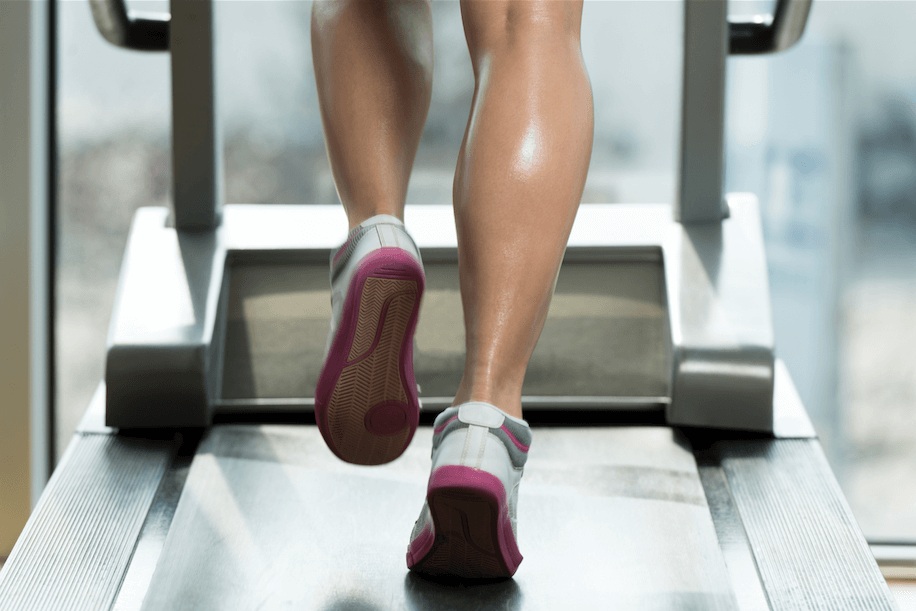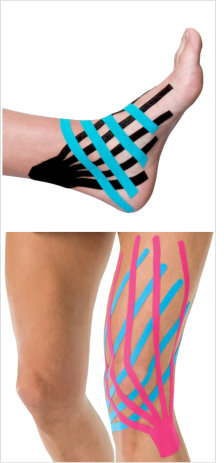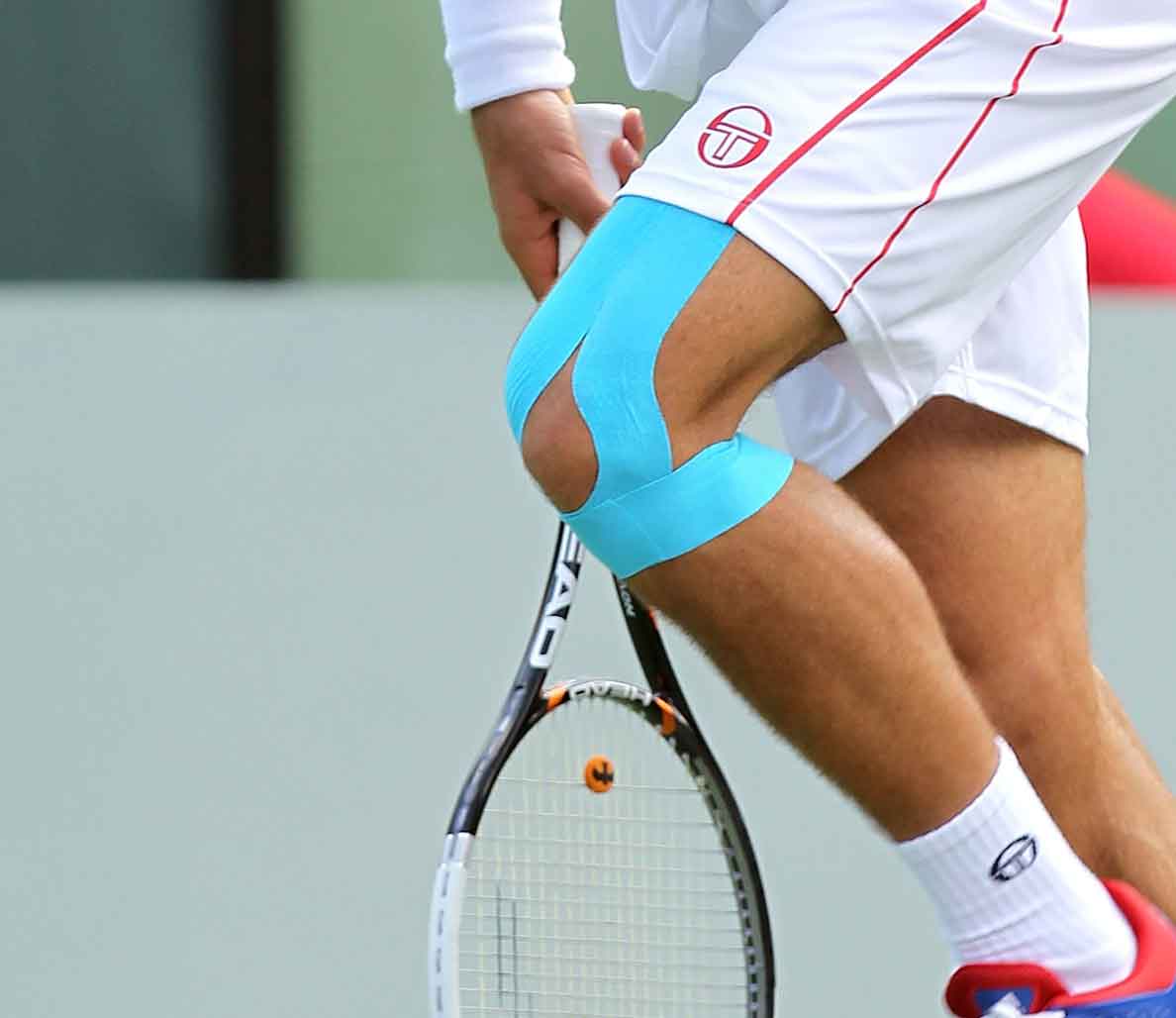Mobility or flexibility ? What is the difference between them ? And which one is more important to us?
May 28, 2017
Calf pain in athletes
June 18, 2017Performance sports have taken off in recent years with the prevalence of injuries increasing drastically as the physical requirements to perform these sports has risen. To overcome and manage physical limitations, numerous athletes depend on Kinesiology tapes to aid their performance and provide themselves with the competitive edge to allow them to manage their symptoms when performing. So how do these Kinesiology tapes really work?
To begin, Kinesiology tapes create a decompression effect on the surface of the skin. This tissue decompression has two primary effects on the body. Firstly, it relieves pressure from free nerve endings situated on the surface of the skin that may be responsible for elucidating pain. This occurs when the Kinesiology tape shortens and causes ripples to form in the skin, elevating it away from the body. This elevation allows for tissues beneath the taped skin to glide better over one another enabling decompression to take place. As a result of this decompression, free nerve endings that are responsible for sending pain signals to the brain will be off loaded, therefore, relieving pain instantaneously. Secondly, the decompression also allows for better perfusion and circulation of blood over the area that is taped. This increase in circulation will allow for reduction in swelling and stimulate recovery and tissue regeneration faster than none taped skin. As such, individuals can recover better and, more likely, return to top performance sooner.
The second effect of Kinesiology tape is the increase in Neurosensory inputs sent to the brain. To understand the concept of Neurosensory input, one must understand the notion of proprioception. Proprioception is a word commonly used to describe the awareness of one’s body in space. Numerous receptors, found i n muscle, detect the amount of stretch (length) and the amount of tension placed in each tissue to create a virtual map of where each limb is positioned in space. When undergoing normal movement, these receptors feed information to the brain allowing us to stay balanced in an upright position against gravity. When Kinesiology tape is applied to thebody, not only are these receptors stimulated but the sensory receptors situated on the surface of the skin responsible for detecting touch, pain, temperature and pressure also get stimulated. With the skins sensoryreceptors being stimulated, more sensory input is being sent to the brain, which will intern, be used to increase awareness of the body in space. With more information being sent to the brain, muscle activation patterns emitted by the brain are more accurate and will enable one to achieve the desired task more precisely. As a result, when Kinesiology tape is applied, individuals feel more in control of their bodies due to this increase in afferent (Incoming) signaling heading to the brain.
n muscle, detect the amount of stretch (length) and the amount of tension placed in each tissue to create a virtual map of where each limb is positioned in space. When undergoing normal movement, these receptors feed information to the brain allowing us to stay balanced in an upright position against gravity. When Kinesiology tape is applied to thebody, not only are these receptors stimulated but the sensory receptors situated on the surface of the skin responsible for detecting touch, pain, temperature and pressure also get stimulated. With the skins sensoryreceptors being stimulated, more sensory input is being sent to the brain, which will intern, be used to increase awareness of the body in space. With more information being sent to the brain, muscle activation patterns emitted by the brain are more accurate and will enable one to achieve the desired task more precisely. As a result, when Kinesiology tape is applied, individuals feel more in control of their bodies due to this increase in afferent (Incoming) signaling heading to the brain.
To conclude, Kinesiology tape does not contain any medication or special formula that gets absorbed by the body to create change. Simply by stimulating different receptors and mechanically altering the surface of the skin, increased incoming information sent to the brain and tissue decompression enable one to get pain relief and improve overall function. For these reasons, more and more athletes are using Kinesiology tapes.
Oliver Linsenbarth
Kinesiologist



